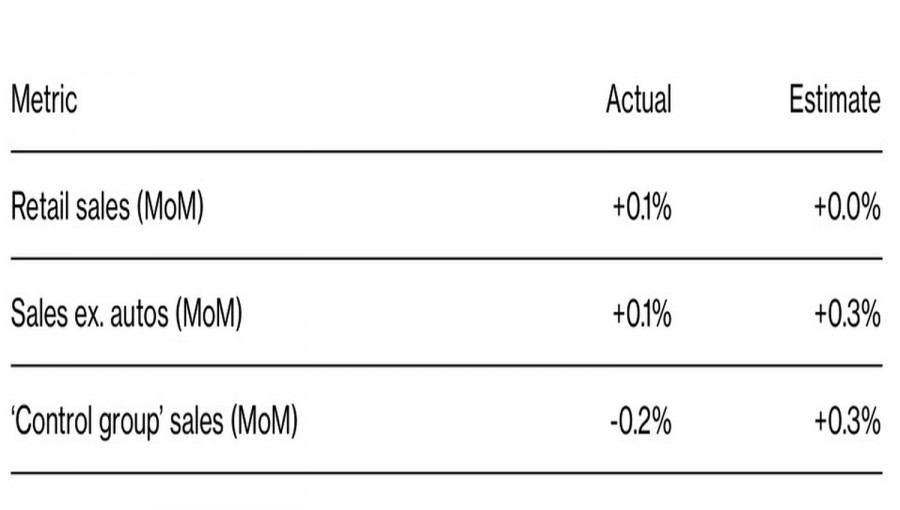Vea también


 16.05.2025 12:39 AM
16.05.2025 12:39 AMChinese goods have flooded the European market, but EUR/USD bulls aren't alarmed by this. While the U.S. has reduced tariffs on imports from China, the weighted average tariff still sits at 39% — a notably high rate. As a result, Beijing is looking for alternative export routes and has found them in the EU. For now, Chinese goods may be routed through Southeast Asia and Latin America, but should the euro fear a shrinking trade surplus?
China's trade surplus with the European Union hit a record $90 billion between January and April. According to Chinese data, exports to the EU this year are the second-highest on record, with the top spot occurring in 2022 during the post-COVID recovery. Notably, the pace of exports accelerated once it became clear that Donald Trump would become the 47th President of the United States. China's trade deficit with Germany, which stood at over $18 billion in 2020, flipped to a $12 billion surplus by 2024.
At first glance, this inflow of goods into Europe suggests less money flowing in, which should, in theory, reduce demand for the euro and push its value down. But in reality, that's not the case. When the current account balance worsens, the capital account often improves, thanks to the principle of double-entry balance. This means more investment flows into the EU, supporting European stock indexes and helping EUR/USD rise.
Looking ahead, 2026 could be even more favorable for the euro than 2025. According to the European Bank for Reconstruction and Development, U.S. tariffs will primarily hit Germany's export-dependent economy. However, fiscal stimulus packages under Friedrich Merz are expected to boost German GDP next year.
The U.S., by contrast, is heading in the opposite direction. Donald Trump believes other countries are cheating America. In reality, they receive dollars for their exports and reinvest them into U.S. securities. If the U.S. narrows its trade deficit, its partners' surpluses will shrink too. This would reduce their purchases of American assets, putting further downward pressure on the dollar.
This is why neither the acceleration in U.S. retail sales nor the sharpest drop in producer price inflation since April 2020 is helping EUR/USD bears. Yes, inflation is slowing, but the Federal Reserve is unlikely to cut rates while the economy remains strong. Eventually, the combination of high tariffs and borrowing costs will weigh the economy down. Should we be surprised by the USD index's downward trend?
On the daily EUR/USD chart, the battle continues around the lower boundary of the fair value range at 1.1215–1.1420. Bulls failed to break through on the first attempt, but a successful second try would increase the likelihood of a resumed uptrend and could justify opening long positions in the euro against the U.S. dollar.
You have already liked this post today
*El análisis de mercado publicado aquí tiene la finalidad de incrementar su conocimiento, más no darle instrucciones para realizar una operación.


